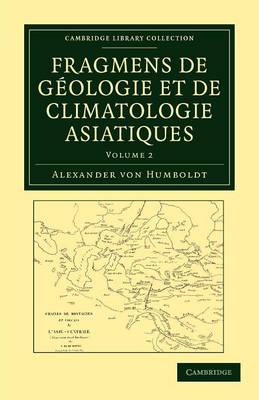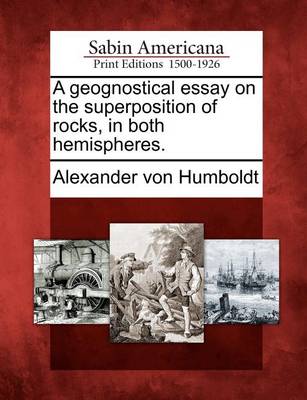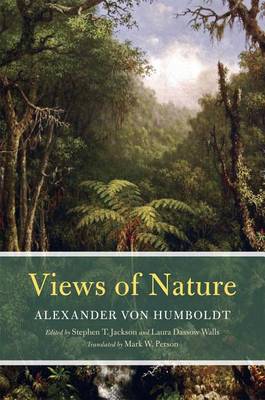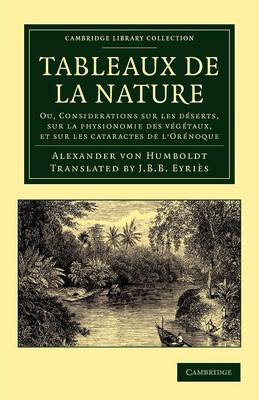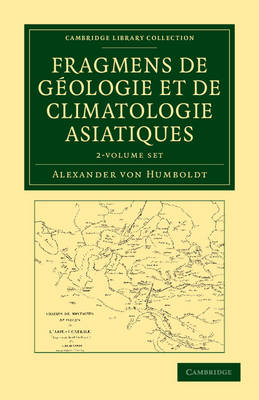Cambridge Library Collection - Earth Science
2 primary works • 9 total works
Volume 1
Fragmens de géologie et de climatologie Asiatiques: Volume 1
by Alexander von Humboldt
Volume 2
A Geognostical Essay on the Superposition of Rocks, in Both Hemispheres.
by Alexander von Humboldt
Essai géognostique sur le gisement des roches dans les deux hémisphères
by Alexander von Humboldt
Fragmens de geologie et de climatologie Asiatiques 2 Volume Set
by Alexander von Humboldt

